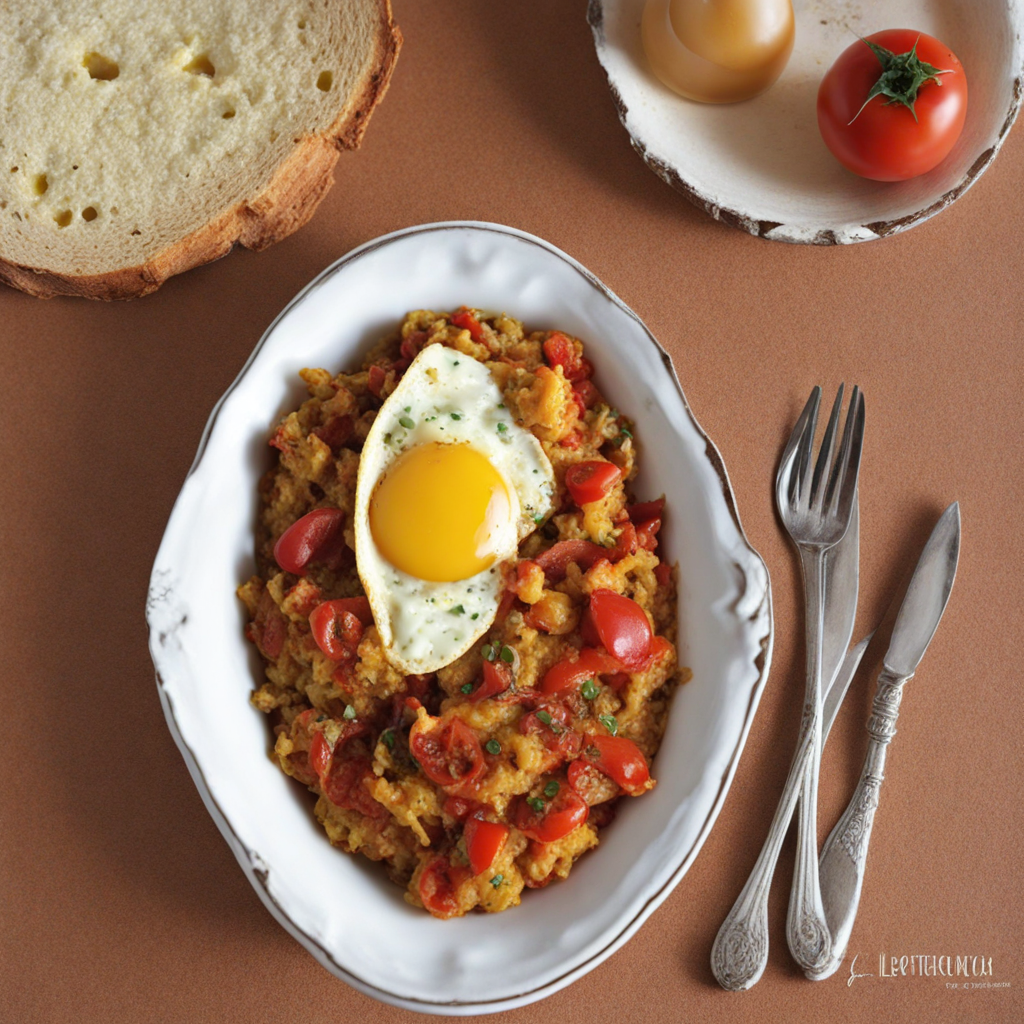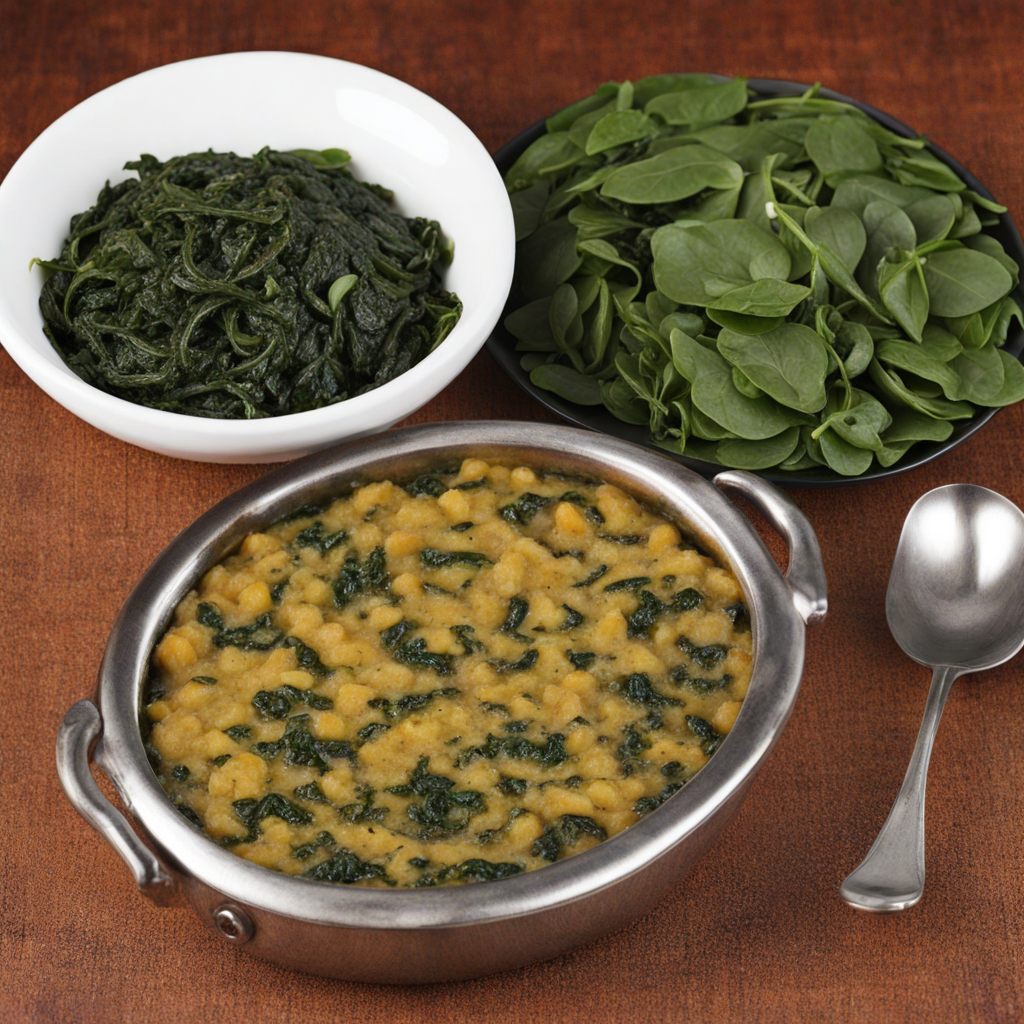Fato-fato
Fato-fato is a beloved traditional dish from Lesotho, characterized by its unique blend of flavors and textures. This delightful dish consists primarily of fried dough balls that are light and fluffy on the inside, with a golden, crispy exterior. The dough is made from simple ingredients like flour, water, and a pinch of salt, which are kneaded together and then shaped into small balls before being deep-fried. The result is a comforting treat that can be enjoyed as a snack or paired with other dishes for a more substantial meal. Often, these dough balls are served with a sprinkling of sugar or a drizzle of honey, enhancing their sweetness and making them irresistible. In addition to their delicious taste, Fato-fato can be versatile in its presentation. Many locals enjoy them with a side of savory sauces or stews, allowing for a delightful contrast between the sweet, airy dough and the rich, hearty flavors of the accompanying dishes. The dish is often enjoyed during social gatherings or festive occasions, where its communal aspect brings people together in celebration. As you bite into a piece of Fato-fato, you're not just savoring a treat; you're experiencing a slice of Basotho culture and hospitality. Fato-fato is more than just a food; it's a reflection of the resourcefulness and creativity of the Basotho people. The simplicity of the ingredients speaks to the traditional cooking methods passed down through generations, while the dish's adaptability allows it to fit various palates and preferences. Whether you enjoy it sweet or savory, Fato-fato is a delightful way to explore the culinary landscape of Lesotho, offering a new taste experience that is both comforting and satisfying.
How It Became This Dish
Origin of Fato-fato Fato-fato is a traditional dish from Lesotho, a small landlocked country in Southern Africa, known for its mountainous terrain and rich cultural heritage. The name "fato-fato" translates to "to break" in Sesotho, which is indicative of the dish's preparation method. This staple food consists primarily of cornmeal, similar to other African staple foods like pap or ugali, but it has its unique character and preparation style. Fato-fato is made by boiling maize meal in water until it reaches a thick, porridge-like consistency, and then it is allowed to cool and solidify. Once set, it is cut into pieces and often served with various sauces or stews. Historically, maize was introduced to Lesotho in the 19th century by European settlers, replacing traditional grains like sorghum and millet. The adaptability of maize to local conditions and its ability to provide sustenance made it a vital crop. As maize became a staple in the Basotho diet, dishes like fato-fato emerged, showcasing the resourcefulness of the Basotho people in utilizing available ingredients to create nutritious meals. \n\n Cultural Significance Fato-fato is more than just a dish; it is a cultural emblem of Basotho identity and communal living. In Lesotho, meals are often a communal affair, and the preparation of fato-fato is usually a social event, bringing families and communities together. The act of cooking fato-fato can be a communal activity, where women gather to share stories and experiences while preparing the meal. This reinforces social bonds and fosters a sense of community. In Basotho culture, food plays a significant role in various ceremonies and rituals. Fato-fato is often served during traditional celebrations, weddings, and funerals, symbolizing hospitality and the importance of sharing food with others. The dish is also significant during the initiation rites of young Basotho men, where it is prepared and consumed as part of the celebrations. The sharing of fato-fato during these events reflects the Basotho value of generosity and the importance of community cohesion. \n\n Development Over Time As Lesotho's culinary landscape evolved, so did the preparation and consumption of fato-fato. In the past, fato-fato was primarily consumed as a daily staple, but its role has shifted with changing lifestyles and dietary preferences. The introduction of modern cooking methods and convenience foods has influenced how fato-fato is made and served today. While traditional methods of boiling maize meal over an open fire remain popular, many households have adopted quicker cooking techniques, such as using electric stoves and pressure cookers. Additionally, the globalization of food culture has led to the fusion of traditional dishes with contemporary culinary practices. In urban areas, fato-fato is often paired with modern sauces and ingredients, reflecting a blend of traditional and modern tastes. For instance, it can now be found served with tomato-based sauces, meat stews, or even with more international flavors, showcasing the dish's versatility while still honoring its roots. \n\n Regional Variations While the basic preparation of fato-fato remains consistent throughout Lesotho, regional variations exist that highlight local ingredients and culinary influences. In some areas, fato-fato is prepared with added ingredients such as pumpkin or beans, which enrich its nutritional value and flavor profile. These variations also reflect the agricultural practices of different regions, where certain vegetables may be more readily available. Moreover, the popularity of fato-fato has spread beyond Lesotho's borders, particularly in neighboring countries like South Africa, where it is appreciated for its simplicity and heartiness. In these regions, fato-fato is often enjoyed in a similar manner to traditional maize dishes, further showcasing the interconnectedness of Southern African culinary traditions. \n\n Fato-fato in Contemporary Society In contemporary Lesotho, fato-fato continues to hold a place of significance in both rural and urban settings. It is still a common dish in many households, often served as a quick and filling meal. The dish is also gaining recognition in the realm of gastronomy, as chefs and food enthusiasts seek to celebrate and preserve traditional Basotho cuisine. Various initiatives have emerged to promote traditional foods, including fato-fato, as part of food security and cultural heritage campaigns. These efforts aim to educate younger generations about the importance of their culinary roots while encouraging sustainable agricultural practices. In this way, fato-fato serves as a bridge between the past and the future, embodying the resilience and adaptability of Basotho culture. \n\n Conclusion Fato-fato is a testament to the rich culinary traditions of Lesotho, reflecting the history, culture, and communal values of the Basotho people. Its evolution from a simple staple to a symbol of cultural pride underscores the adaptability of traditional foods in a rapidly changing world. Whether enjoyed in its classic form or as part of a more modern fusion dish, fato-fato remains an integral part of Lesotho's gastronomic identity, uniting generations through the shared experience of food.
You may like
Discover local flavors from Lesotho







